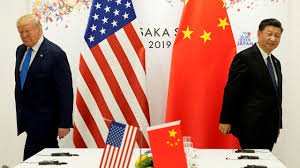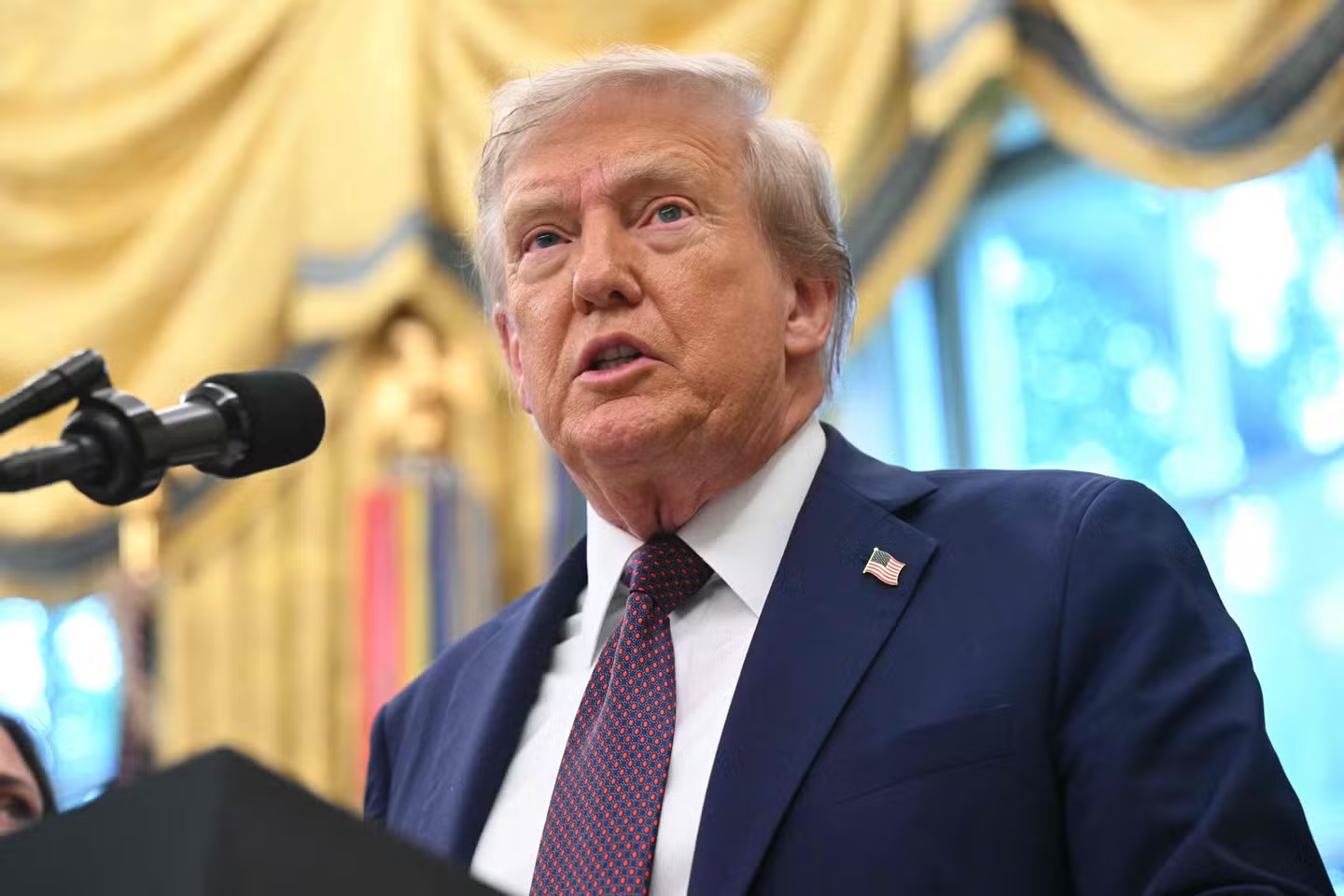The US-Saudi Defense Pact is poised to redefine security dynamics in the Middle East, marking a pivotal shift in U.S. foreign policy under President Donald Trump. This agreement, modeled after the recent US-Qatar pact, promises enhanced military and intelligence collaboration, providing Saudi Arabia with robust assurances against external threats. As Crown Prince Mohammed bin Salman (MBS) gears up for his first White House visit since 2018, anticipation builds for a deal that could stabilize the region while advancing U.S. interests.
In an era of escalating geopolitical tensions, the US-Saudi Defense Pact emerges as a strategic cornerstone. This article delves into its background, key components, regional impacts, and broader global ramifications, drawing on recent developments and expert insights.
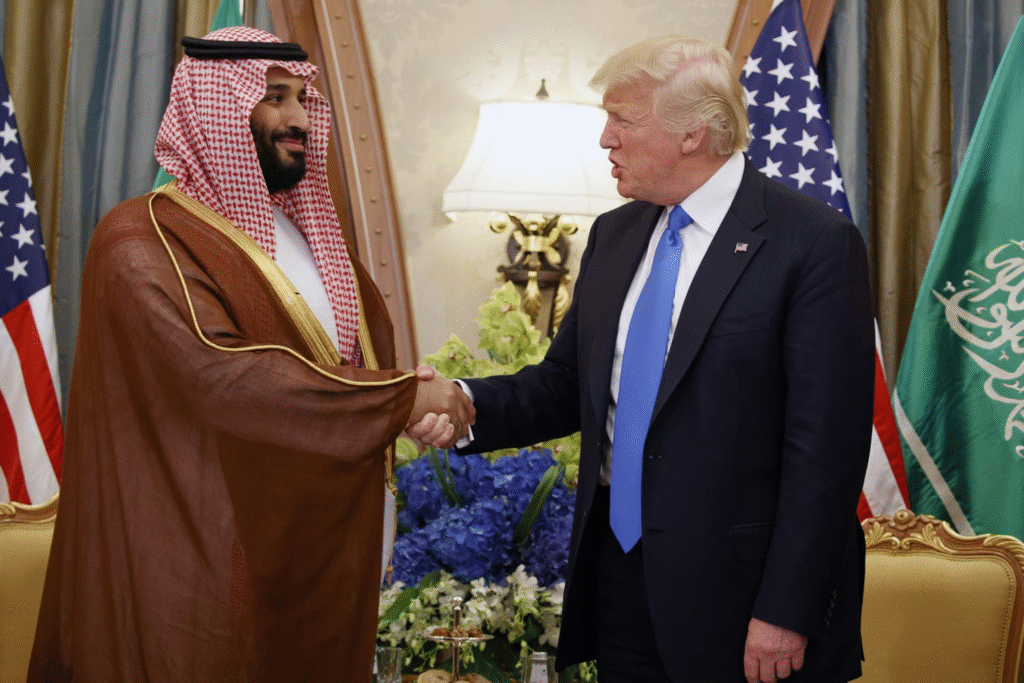
Historical Context of the US-Saudi Defense Pact
The roots of the US-Saudi Defense Pact trace back to decades of alliance, primarily focused on countering Iranian influence and ensuring energy security. Saudi Arabia has long been a top purchaser of U.S. weaponry, with the Trump administration announcing a monumental $142 billion arms deal in May 2025 during the President’s visit to Riyadh. This package, described by the White House as the largest in history, encompasses advanced air force capabilities, missile defense systems, and maritime security enhancements .
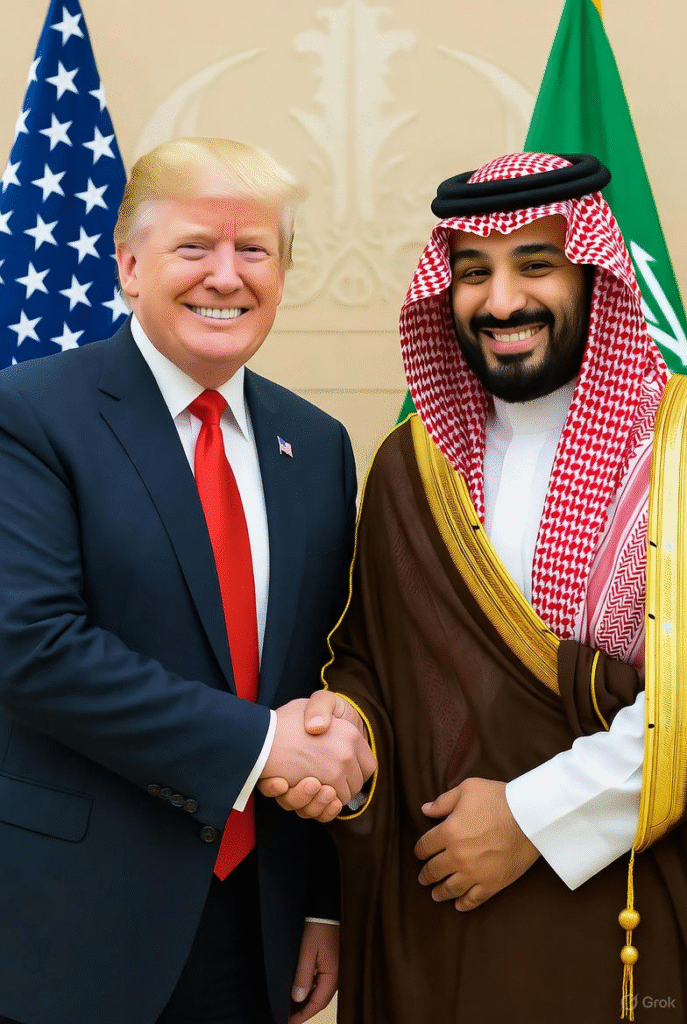
However, trust has been tested over the years. During Trump’s first term, the U.S. response to the 2019 Iranian-backed drone and missile attacks on Saudi oil facilities—which temporarily halved the kingdom’s crude production—was minimal, raising doubts about Washington’s commitment . Fast-forward to 2025, and recent events like Israel’s missile strike on Hamas leaders in Doha and the brief Israel-Iran war in June have further underscored the need for ironclad guarantees .
Under the Biden administration, negotiations for a defense treaty were tied to Saudi normalization with Israel, but these stalled following the October 7, 2023, Hamas attack and the Gaza conflict. MBS has staunchly conditioned normalization on the establishment of a Palestinian state, a demand rejected by Israeli Prime Minister Benjamin Netanyahu . Now, with Trump back in office, talks have pivoted to a standalone US-Saudi Defense Pact, potentially via executive order to sidestep Senate approval .
This evolution reflects Saudi Arabia’s proactive stance, including its recent “strategic mutual defense” pact with nuclear-armed Pakistan in September 2025, signaling a diversification of alliances . As Firas Maksad, managing director for the Middle East at Eurasia Group, notes, this move highlights Riyadh’s efforts to “plug holes” in its security architecture while prioritizing U.S. ties .
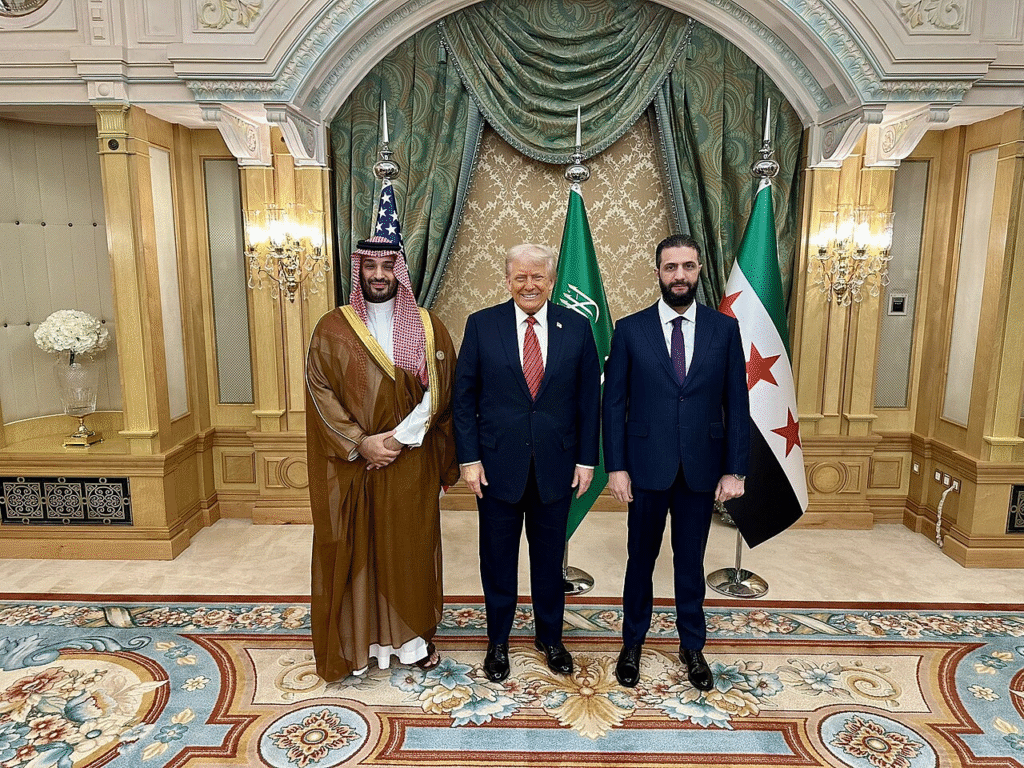
Key Elements of the Proposed US-Saudi Defense Pact
The US-Saudi Defense Pact is expected to mirror the US-Qatar executive order signed in September 2025, which commits Washington to treat attacks on Qatar as threats to American “peace and security,” authorizing diplomatic, economic, or military responses if necessary . For Saudi Arabia, the agreement aims to be even more comprehensive, addressing the kingdom’s unique vulnerabilities.
Core components include:
- Enhanced Military Cooperation: Joint training exercises, technology transfers, and integration of U.S. systems into Saudi defenses. This builds on the $142 billion deal, which already includes F-35 fighter jets and advanced radar systems [post:7].
- Intelligence Sharing: Deeper collaboration on counterterrorism, cyber threats, and regional intelligence, leveraging existing frameworks like the U.S. Central Command (CENTCOM) .
- Security Guarantees: A pledge to view aggression against Saudi territory as a direct challenge to U.S. interests, potentially invoking Article 5-like responses without formal NATO obligations .
A senior Trump administration official confirmed ongoing discussions, stating that details are “in flux” but a signing could occur during MBS’s visit next month . The State Department reiterated that U.S.-Saudi defense cooperation forms the “bedrock” of regional strategy, focused on conflict resolution and countering terrorism .
Experts like Hussein Ibish from the Arab Gulf States Institute in Washington highlight potential hurdles, particularly Trump’s push for Saudi-Israeli normalization. “That doesn’t mean we can’t get past it—because all Trump has to do is decide it’s a good idea. But we’re not there yet,” Ibish said .
Regional Shocks Accelerating the US-Saudi Defense Pact
Recent crises have injected urgency into the US-Saudi Defense Pact negotiations. The Israeli strike on Hamas in Doha last month sent ripples across Gulf states, questioning the reliability of U.S. protection—especially given Qatar’s hosting of the largest U.S. military base in the region . Similarly, Iran’s missile barrage on that base during the June 2025 Israel-Iran conflict exposed vulnerabilities in the current security umbrella .
Maksad predicts “similar progress on defense and security issues” post-Qatar order, describing the Saudi pact as “much more robust” than existing arrangements . With MBS advancing his Vision 2030—a trillion-dollar initiative to diversify the economy beyond oil—securing U.S. backing is “absolutely paramount” .
Saudi Arabia’s pact with Pakistan further underscores this urgency, serving as a hedge against perceived U.S. unreliability [post:2]. As one analyst put it, while there’s “no alternative to the US security architecture,” such moves augment Riyadh’s deterrence profile .

Broader Implications of the US-Saudi Defense Pact
The US-Saudi Defense Pact carries profound implications for Middle Eastern stability and global geopolitics:
- Deterrence Against Iran: Strengthened U.S. commitments could curb Tehran’s aggression, stabilizing oil markets and reducing the risk of broader conflicts . This aligns with Trump’s “maximum pressure” approach, potentially reviving nuclear talks while bolstering allies.
- Impact on Israel: Without mandating normalization, the pact might strain U.S.-Israel relations, especially amid scrutiny over Israel’s Qualitative Military Edge (QME). However, Trump’s deal-making could eventually bridge this gap [post:15].
- Economic Ramifications: Beyond security, the pact reinforces economic ties. Saudi’s $600 billion investment pledge in the U.S., announced earlier in 2025, includes infrastructure and technology sectors, boosting American jobs and innovation [post:31].
- Global Power Shifts: Analysts suggest this could inspire similar pacts with other Gulf states, reshaping alliances and isolating adversaries like Iran and China. Social media discussions, such as those from Polymarket Intel, emphasize the pact’s potential to bypass Senate hurdles for swift implementation [post:38].
For more on U.S. foreign policy in the region, check our internal article on US-Qatar Defense Agreement. Externally, refer to the Financial Times report for in-depth coverage: Saudi Arabia in talks with US for defence pact .
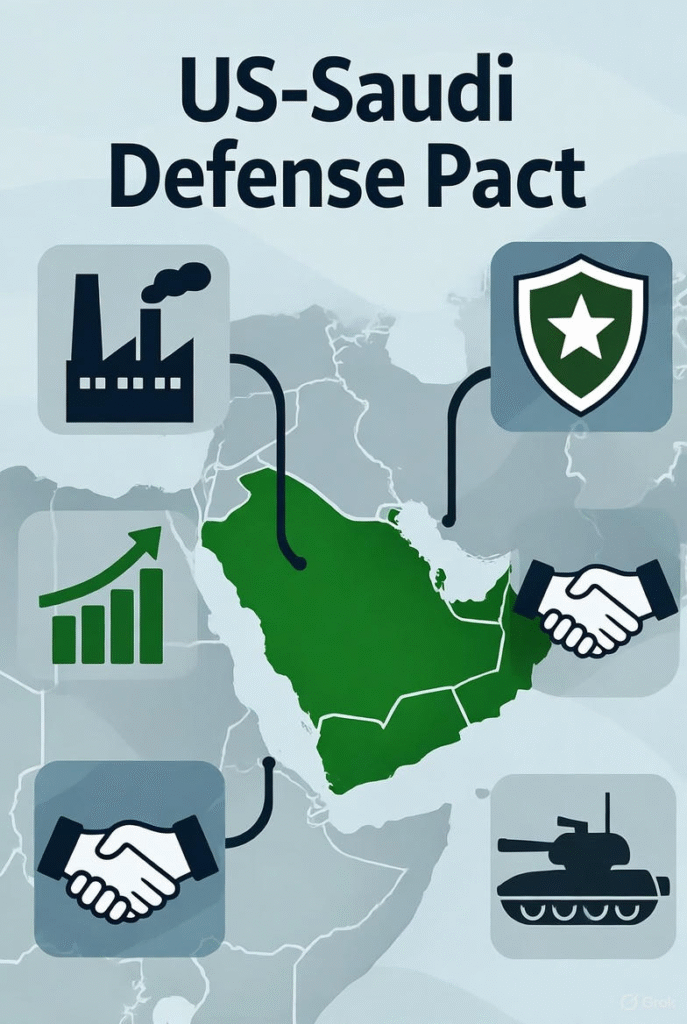
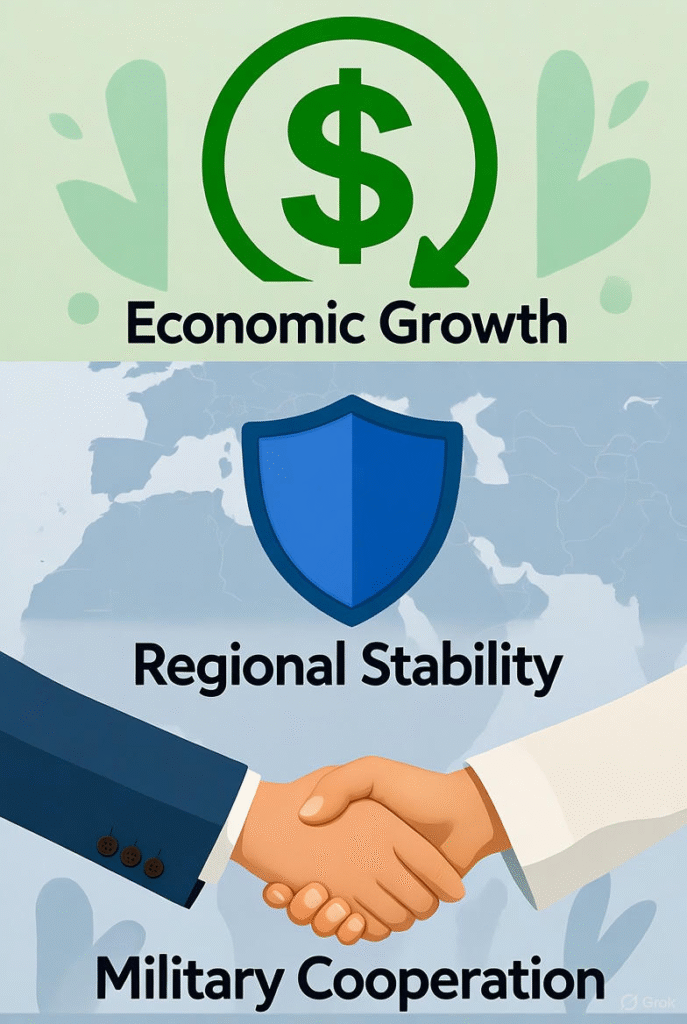
Challenges and Criticisms Surrounding the US-Saudi Defense Pact
Despite optimism, the US-Saudi Defense Pact faces scrutiny. Critics argue it overlooks human rights concerns, such as Saudi’s role in Yemen or domestic policies [post:16]. Others worry about entangling the U.S. in regional quagmires without congressional oversight.
Trump’s transactional style—evident in stalled nuclear deal talks—could complicate matters [post:10]. Yet, proponents view it as pragmatic realpolitik, prioritizing stability over idealism.
Future Outlook for the US-Saudi Defense Pact
As MBS prepares for Washington, the US-Saudi Defense Pact stands at a crossroads. If finalized, it could usher in a new era of cooperation, deterring threats and fostering economic growth. However, success hinges on navigating Israel-related sticking points and broader regional dynamics.
Stay informed on evolving developments through reliable sources like Reuters Saudi Arabia in talks with US for defence pact or our internal series on Middle East Security Alliances.

